We know that reducing energy use is important to conserving resources, enjoying cleaner air, and creating a healthier environment. Energy conservation can also protect our climate. The average American home uses 10,837 kilowatt hours (kWh) annually, but with conservation, that number can easily be reduced. Find out how you can make your home greener and healthier for the environment, in everyday life, when buying a new home, and when remodeling.
Updating & Green Home Maintenance
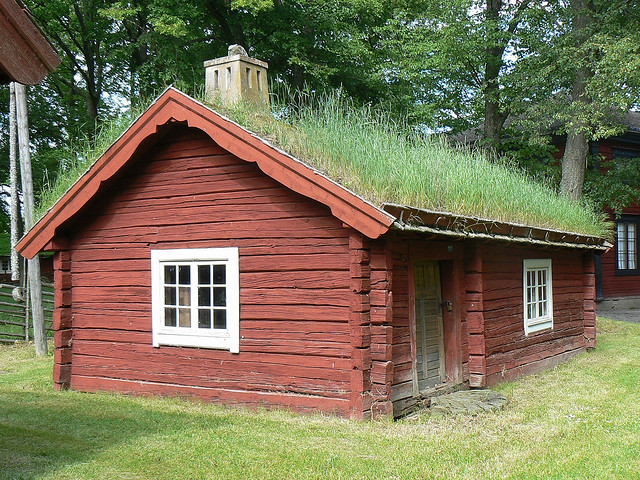
Going green doesn’t mean making lots of immediate changes. For example, you shouldn’t rush out and dispose of perfectly good appliances or light bulbs, as that would be wasteful. But as household products, appliances, and fixtures wear out, you should keep green considerations in mind as you update or replace them. You can also maintain a healthier, more environmentally friendly lifestyle at home by making small changes to the way you operate your home, such as installing low-flow fixtures or paying more attention to how you use lighting and HVAC systems.
Greening Your Whole Home
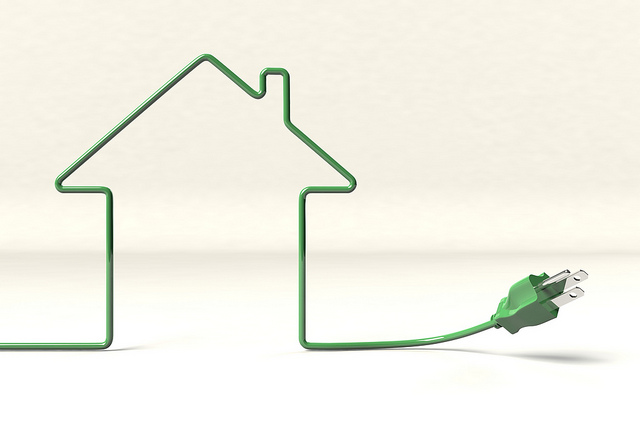
There are many things you can do to go green in specific areas of the home. In your bathroom, for example, you might swap out an old toilet for a new one with dual flush or low-flow options. But there are steps you can take to make your entire home more energy efficient, including a professional energy audit and proper insulation.
- Invest in a professional energy audit to find out where your home is losing energy, and what you can do to conserve it and save money.
- Seal and insulate your home, including your attic, basement, crawlspace, air ducts, walls, electrical outlets, window and door trims, and fireplaces
- Update windows to double-paned or other more energy efficient models
- If you’re not ready to replace your windows, put heat blocking film on them
- Follow ENERGY STAR recommended levels of insulation when replacing the roof on your home
- Choose lighter colored cool roofs that can better reflect light and heat away from your home
- Ask your roofing contractor if recycled roofing materials are available
- Instead of slate roofing, use rubber or polymer roofing materials, which are lighter and easier to maintain
- Consider a green roof, or rooftop garden
- Consider installing radiant barrier attic insulation to help reduce energy bills
Reducing Home Water Usage
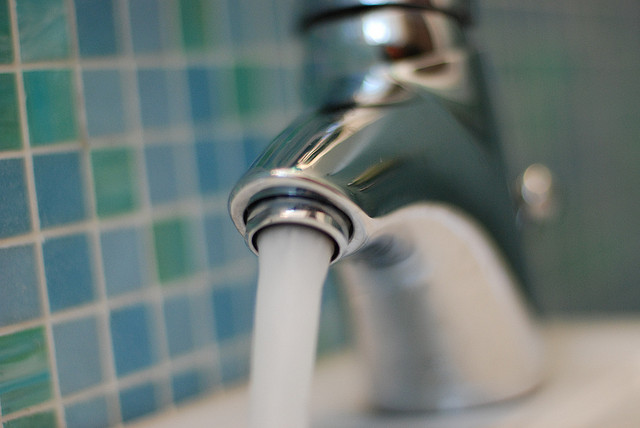
Less than 1% of all the water on Earth is considered usable by people. The other 99% is salt water or frozen, unable to be used in homes or for drinking. That’s why it’s so important to use water wisely and avoid wasting water, especially as regions of the United States experience drought conditions. Find out how you can protect one of Earth’s most precious resources by using water more efficiently in your home.
- Install low-flow fixtures in your bathrooms, including shower heads, faucets, and toilets
- Consider installing a grey water recycling system
- Consider replacing toilets with composting models if allowed under local building codes
- Reduce water use by fixing leaks, taking short showers instead of baths, and avoiding letting your water run unnecessarily
- Monitor your water bill to help identify leaks
- Instead of pouring water down the drain, consider another use for it. Old pet water can be used to water houseplants
Energy Efficient Lighting and Electricity
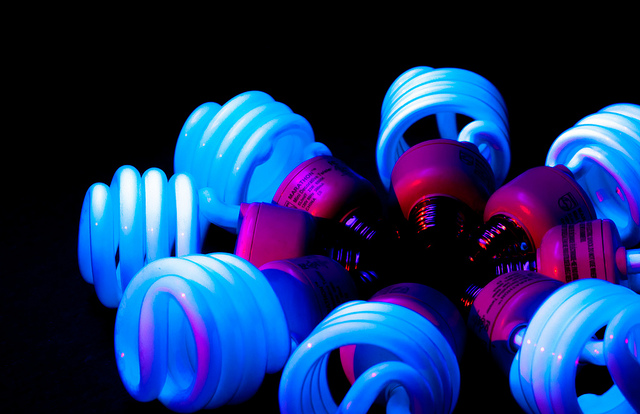
Residential lighting accounts for 13% of all residential electricity consumption, making it a significant consumer of electricity. Appliances, TVs, and personal computers make up much of the rest of electricity consumption at home. How can you do your part to reduce your household’s use of lighting and electricity?
- Find out if your local utility company offers green energy plans
- When light bulbs burn out, replace them with compact fluorescent, LED, or halogen bulbs, which are much more efficient
- Plug your electronics into power strips, which can be turned off when not in use
- Remember to turn off lights when you leave a room
- Put computers and monitors in sleep mode when idle
Appliances

Appliances make your home run smoothly. They keep food cold, heat water, wash dishes, and make everyday life more comfortable. But they are also a significant source of electricity use. Use your appliances wisely to make the most of their energy usage.
- When replacing appliances, purchase new Energy-Star certified models
- Update your water heater to a tankless or solar heating system if appropriate (water heaters manufactured in 2001 or later that are still working well likely do not need replacement)
- Set your refrigerator between 38-42 degrees Fahrenheit, and your freezer between 0-5 degrees Fahrenheit
- Keep your refrigerator door closed as much as possible to conserve energy
- Clean your refrigerator’s door gasket to keep the seal tight
- Clean your refrigerator’s condenser coils annually for more efficient operation
- Use your microwave instead of oven, as they are 66% more efficient
- Use your dishwasher instead of cleaning dishes by hand, as this saves water
- Scrape food off instead of pre-rinsing dishes to save water
- Wash only full loads of dishes using the appropriate water level or load size
- Wash only full loads of laundry using the appropriate water level or load size
- Wash in cold water cycles when appropriate
- Dry clothes on a line instead of a dryer whenever possible
- Clean the lint filter on your dryer for better efficiency and safety
- Turn down the temperature of your water heater to no more than 120 degrees Farenheit.
- Insulate your hot water lines to avoid cooling in between uses
Energy Efficient Home Heating and Cooling
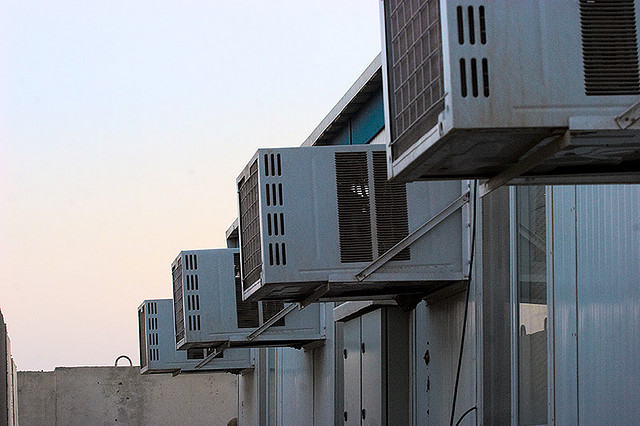
Space cooling is the single largest consumer of residential electricity, making up 19% of the electricity used in U.S. homes. There are many ways to reduce your heating and cooling needs, including proper maintenance of HVAC systems, as well as alternative heating and cooling strategies.
- Tune up your HVAC equipment each year
- Install a programmable thermostat and use it to pre-program settings when you’ll be away from home at work, on vacation, and more
- Consider upgrading old HVAC equipment to ENERGY STAR certified equipment
- Ensure that your HVAC equipment is properly installed
- Perform annual maintenance on your HVAC system
- Consider whole house fans or ventilation
- Choose reflective or light-colored roofing materials when updating your roof
- Change your air filter regularly. ENERGY STAR recommends changing filters every 3 months at a minimum, but they should be checked monthly and changed when they look dirty
- Consider using a small space heater to heat only the areas that need it
- Use low energy cooling options like ceiling fans and window fans before turning on your air conditioning
- Consider closing the vents and air registers for areas of your home that do not require heating or cooling, but keep in mind that they need to be kept above freezing and dehumidified. Some HVAC systems may be negatively impacted if too many vents or registers are closed
- Update wood and pellet burning appliances to new, more efficient models
- Consider installing a ground source heat pump for geothermal heating and cooling
- Provide fresh air flow with open windows or doors for natural cooling and ventilation whenever possible
- Consider installing room air conditioners if you only need to cool certain areas of your home
- Set your thermostat just a few degrees higher or lower depending on the season, saving energy in your home
Green Home Landscaping
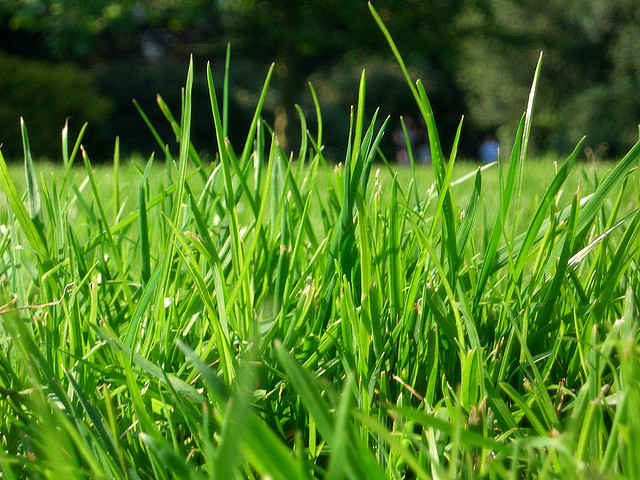
Go green in the most green-hued part of your home: outdoors. Everything from the grass you choose to the trees you plant can have an impact on the environment, and can even influence your home’s energy usage. See how you can make smart, environmentally friendly decisions about your home’s great outdoors.
- Choose native, climate appropriate, and drought tolerant landscaping and plant species to reduce water use, and lower maintenance costs
- Look for hardy grass perennials like ryegrass and drought-tolerant fescue, which need less watering and chemical care
- Allow your grass to grow longer, which encourages grass health and is easier to maintain
- If your yard has begun to turn brown in a drought, don’t waste water on it; it will revive when rainfall returns
- Group plants with similar watering needs together to avoid over- or under-watering
- Water in the morning or night to prevent evaporation
- Use a layer of organic mulch around plants to retain moisture and save water
- Reduce grass areas where possible, instead planting shrubs, trees, or other vegetation
- Allow your lawn to re-naturalize and restore natural habitat by allowing the lawn to grow naturally without mowing, fertilizers, pesticides, or raking
- Don’t use your lawnmower’s grass catcher; instead allow grass clippings to instantly compost on your yard
- Look for garage doors made of recycled content with insulation to protect your home’s energy efficiency
- Plant deciduous shade trees and shrubs to cool warm parts of your home, especially on the home’s west side
- Plant any type of tree, anywhere (just one tree can absorb more than a ton of CO2 in its lifetime
- Collect rain water for your garden, or install a drip irrigation system
- Plant strategically according to season; late fall or early spring will promote root growth
- Avoid chemically treated products for outdoor features including fences, patios, and pathways
- Use natural alternatives to fertilizers and bug sprays
- Purchase plants sold in biodegradable pots to avoid creating waste
- Consider bamboo for landscaping; it stores more CO2 and generates 35% more oxygen than other trees
Living Green
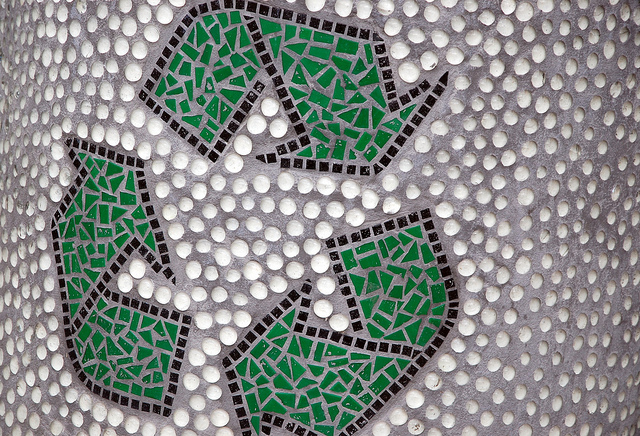
Going green at home is more than investing in smart appliances and water fixtures. It’s an entire way of life. Discover how you can reduce energy usage and conserve resources in your everyday living.
- Recycle waste in your home whenever possible
- Use online banking and bill payments where available
- Cut down on junk mail by opting out of magazines and credit card offers
- Telecommute when possible to reduce gas consumption and save time
- Reduce the need for pesticides and insecticides by preventing the appearance of pests. This can be achieved by removing sources of food, water, and shelter
- Choose ENERGY STAR labeled products, which will be more energy efficient than others. These include your TV, DVD player, phone, and stereo
- Choose furnishings made of recycled materials and low volatile organic compounds (VOCs)
- Choose green cleaning products, avoiding products with a danger or poison label, and look for biodegradable cleaning solutions. Danger/poison labeled cleaning products can be disposed of during your community’s next household hazardous pickup day
- Consider using nontoxic household solutions for cleaning, such as vinegar, baking soda, vinegar, and lemon juice
- Avoid using aerosol products, especially cleaning supplies
- Choose reusable cleaning tools, including mops, rags, and sponges
- Use recycled paper products in your home when reusable options won’t do
- Choose reusable products over disposable ones, such as water bottles, paper towels, and cloth grocery bags
- Before you replace items, try to fix them
- Buy used or repurposed goods, especially furniture
- Donate or sell used items instead of throwing them away
- Thaw frozen foods before cooking; cooking them frozen will use more energy
- Thaw foods in your refrigerator instead of using water to defrost foods
- Compost food waste instead of throwing it away or using your garbage disposal
- Buy laundry detergent in bulk with minimal packaging
- Clean your indoor air with plants instead of air fresheners
Buying a Green Home
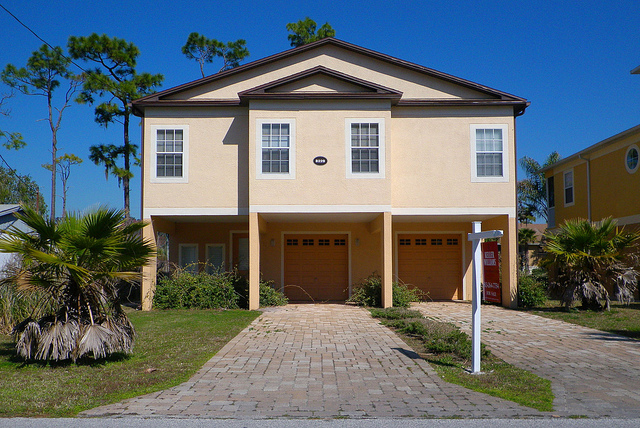
It’s one thing to green your established home; it’s another to buy a new or used home with the environment in mind. What environmentally friendly factors should you be looking for when making a new home purchase regardless of whether it comes with a home warranty?
- Look for an ENERGY STAR Certified New Home, which can deliver energy efficiency savings of up to 30%
- Buy your home in a location that is easily accessible to work, school, and frequent activities, preferably by public transit
- Consider the size of your home, as it should be approximately 500 square feet or less per person
- Ask the inspector to check if the home is air tight and well insulated
- Look for ENERGY STAR appliances and low-flow plumbing fixtures
- Choose homes with ample natural light to reduce electricity needs
Green Home Remodeling
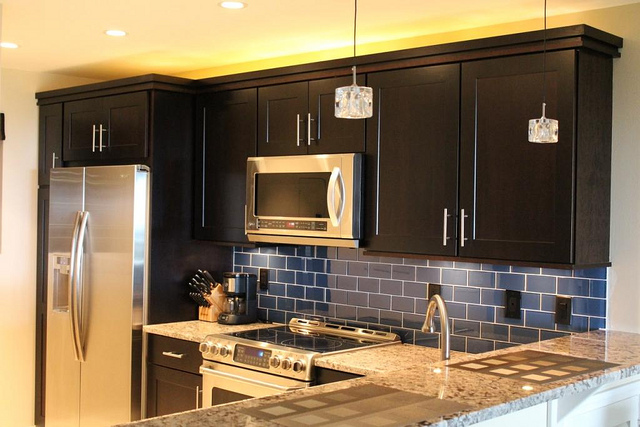
Every home needs updating eventually, but the remodeling process can be wasteful. On the other hand, remodeling also gives homeowners an opportunity to make energy smart home decisions. How can you find the right balance and remodel your home in a way that protects the environment?
- Deconstruct instead of demolishing, salvaging and reusing as much as you can
- Buy preowned materials if possible, visiting salvage yards and antique shops
- Rethink structural additions; instead consider if space can be borrowed from adjacent spaces
- Choose quality over quantity with products that will last and provide easy maintenance over time
- When building or remodeling your home, work with your architect to incorporate south facing windows
- Use low-VOC paints and wood finishes
- Use daylighting to reduce lighting needs during the day
- Install energy efficient lighting controls
- Choose bio-based insulation
- Update your windows to double-paned or low-e windows
- Invest in solar or photovoltaic panels for energy
- Choose carpets that are recyclable and made of recycled content, with low or no VOCs, no toxic dyes, and preferably, sustainable materials
- Consider other flooring options that are environmentally friendly, including sustainably grown or harvested wood floors like cork, certified hardwoods, or reclaimed lumber
- Purchase cabinetry made from formaldehyde-free materials, adhesives, and finishes, ideally made from natural and sustainably harvested woods
- Look for countertops with recycled content, including stone or glass
- Replace your windows with high performance models, especially those with low-emissivity glazings
- Install skylights to reduce energy usage during the day
- Ask your contractor about on demand hot water circulating loops
- Donate your old furniture, appliances, and cabinets or organizations like Habitat for Humanity, where they’ll be put to good use
- Reface cabinets instead of replacing the entire unit
- Move your refrigerator to a low heat area, away from vents, stoves, and dishwashers, which can give off a lot of heat
How to Promote Green Living

Living green in your own home is a big step, but that’s not all you can do to have a positive impact on the environment. You can make a difference by helping others go green, too. Take your experience in green living and encourage others to do the same by sharing what you know and actively asking others to join you. Every home that turns green is just one more step toward global environmental conservation.
-
- Join organizations that promote environmental conservation, including the Sierra Club and Greenpeace
- Let others see you living an eco-friendly lifestyle; be an example by making an effort to recycle and conserve in public
- Tell friends and family about updates you’re making at home. Share your eco-friendly renovations and other projects
- Highlight the benefits of living green, especially any financial savings you’ve experienced
- Extend your green living to the office so that others can see your impact; recycling paper, carpooling, and using a reusable water bottle are a few visible ways to be eco-friendly at work
- Celebrate awareness days, including Earth Day, National Recycling Day, and Coastal Cleanup Day
- Consider hosting community events that encourage green living, including fairs, festivals, and cleanup events
- Ask friends and family if they’d like to help you volunteer for green causes
- Be open to answering questions about how you live green at home
Green Home Resources
Here you’ll find energy efficient incentives, interactive home assessments, products, and more, all designed to help you make your home smarter and more Earth friendly.
-
-
- Federal Tax Credits for Consumer Energy Efficiency
- Database of State Incentives for Renewables & Efficiency
- National Geographic Personal Energy Meter
- ENERGY STAR Qualified Products
- Habitat for Humanity ReStores
- Environmental Protection Agency Guide to Green Cleaning Products
- HGTV Eco-Friendly Home Improvement and Building Products
- Natural Geographic Green Home Buying Guides
- Greenpeace Green Cleaning Solutions
-
Sources:
- Realtor.com Field Guide to Green Homes & Green Mortgages
- ENERGY STAR Home Improvement
- Department of Energy
- U.S. Environmental Protection Agency Green Homes
- Greenpeace Green Guide
- City of Edmonton Green Home Guide
- Better Homes and Gardens Environmentally Friendly Building and Remodeling Materials
- Care2 Healthy Living
- Freshome Eco-Friendly Home Renovation
- Jane Goodall Institute
- Sarah Susanka, Green Home Remodeler
- Better Homes and Gardens Real Estate
- EarthShare
